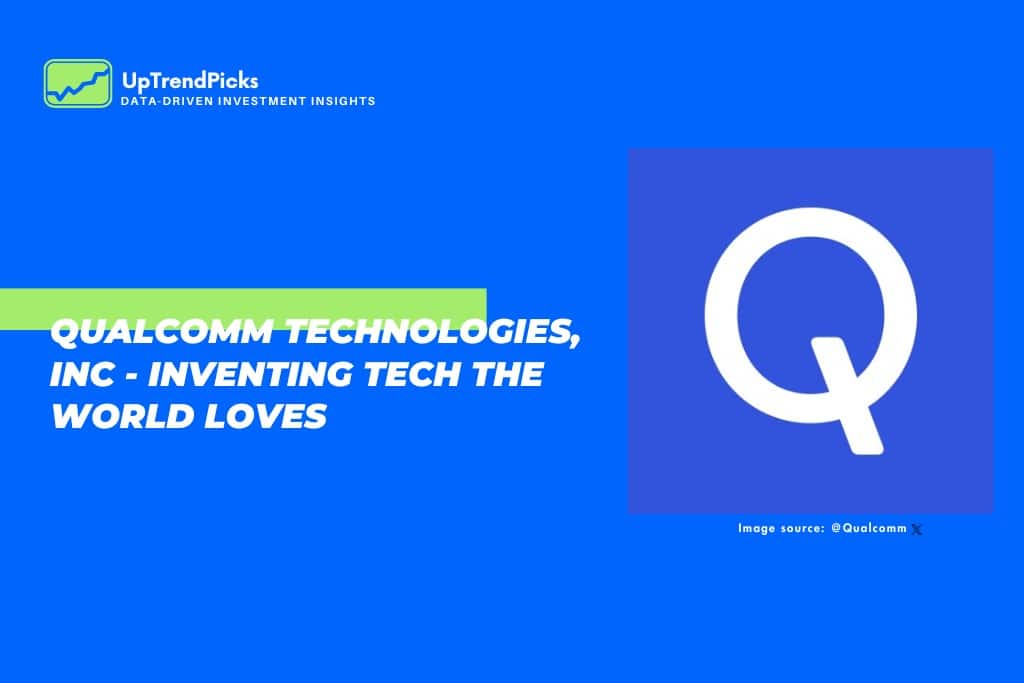M&A: CREATING OR DESTROYING STOCKS VALUE

Volkswagen’s Landmark Acquisition of Porsche in 2009
Volkswagen’s acquisition of Porsche in 2009 marked a complex and impactful deal that reshaped the global automotive industry. The initial announcement came in December 2009 when Volkswagen secured a 49.9% stake in Porsche for €3.9 billion. The transaction unfolded with twists and turns, as Porsche made attempts to take control of Volkswagen but faced ultimate failure.
In August 2012, Volkswagen successfully acquired the remaining 50.1% stake in Porsche for €4.5 billion, consolidating complete ownership of the company. The comprehensive deal was one of the most substantial M&A transactions in automotive history.
Monumental deal
Volkswagen’s acquisition of Porsche stands as a pivotal moment in automotive history, creating a global powerhouse with a portfolio of iconic brands. The merger has yielded positive outcomes for both companies, and its influence is expected to resonate in the industry for years to come.
Background on respective share prices
On the day of the acquisition announcement in December 2009, Volkswagen’s share price was trading at €101.62 per share. The company had experienced a 40% decline since the beginning of the year, largely attributed to the global financial crisis. Similarly, on the announcement day, Porsche’s share price was €37.10 per share, having also fallen by around 40% since the beginning of the year.
Impact of M&A on Share Prices
In the short term, Volkswagen and Porsche faced stock challenges during the global financial crisis, but post-acquisition, both companies exhibited exceptional growth. The impressive performance can be attributed to factors such as successful integration, innovative products and technologies, and a recovering automotive market.
Since Volkswagen’s acquisition of Porsche, Volkswagen’s share price has surged by around 200%, and Porsche’s share price has experienced an impressive increase of around 300%. Both companies have outperformed the broader automotive market, which saw an increase of approximately 100% over the same period. The enduring success of Volkswagen and Porsche’s stocks over the long term surpassed broader market trends, showcasing the potential for lasting value creation.
Post-merger insights
The robust performance of Volkswagen and Porsche’s share prices serves as a real-world example. Factors such as the successful integration of the two companies, the introduction of new products and technologies, and the recovery of the global automotive market contributed to their present standing as two of the most valuable automotive companies globally.
The collaboration between Volkswagen and Porsche has proven successful. Volkswagen successfully extended its influence into the luxury market, leveraging Porsche’s resources and expertise. The collaboration led to the development of innovative products and technologies, exemplified by projects such as the Porsche Macan and the Volkswagen T-Roc.
M&A Potential for Wealth Creation
- Short-Term Post-Merger Fluctuations: In the immediate aftermath of mergers and acquisitions (M&A), there is a common pattern of initial post-merger share performance characterized by muted or even negative fluctuations. This volatility is often a reflection of the uncertainties and intricacies associated with the integration process. During this short-term phase, share prices might experience subdued or adverse performance, primarily due to the challenges related to post-acquisition integration.
- Long-Term Resilience and Growth: A more nuanced analysis reveals a promising long-term outlook for companies involved in mergers. Despite short-term fluctuations, companies tend to rebound over the long term, sometimes exceeding their pre-merger stock price levels. This resurgence is driven by the realization of synergies, strategic endeavors, and advantageous market positioning.
Key takeaways for investors
Mergers and acquisitions exert a profound influence on share prices, with select companies enjoying substantial growth post-merger. To gauge the potential for share price growth, investors must contemplate several factors, including the companies’ strategic aspirations, market dynamics, and industry trends.
Be a patient and informed investor
Staying well-informed about a company’s strategies and the evolving competitive landscape is pivotal for investors in making sound decisions during and after mergers. Comprehensive research and an understanding of a company’s strategic vision are paramount for investors navigating the intricacies of post-merger stock dynamics.
The aftermath of mergers and acquisitions
Post M&A, the journey for investors involves navigating short-term fluctuations and uncertainties. Recognizing the strategic value and synergies of merged entities, may make the long-term prospects to be promising. The creation of sustained wealth for shareholders becomes plausible when merged companies effectively capitalize on synergies, adapt to market dynamics, and align with evolving consumer demands.
Cautious optimism is required
Investors should approach post-merger situations with careful consideration of the broader market context and each company’s specific circumstances. The long-term impact of the merger is uncertain, and market reactions can fluctuate as strategies and competitive dynamics evolve. It’s important to remember that past performance does not guarantee future results, and the stock market can be volatile.
Mergers and acquisitions that successfully harness strong synergies and align with prevailing market demands hold the potential to generate substantial wealth for shareholders over an extended period.
For more insights and analysis visit UpTrendPicks.com




